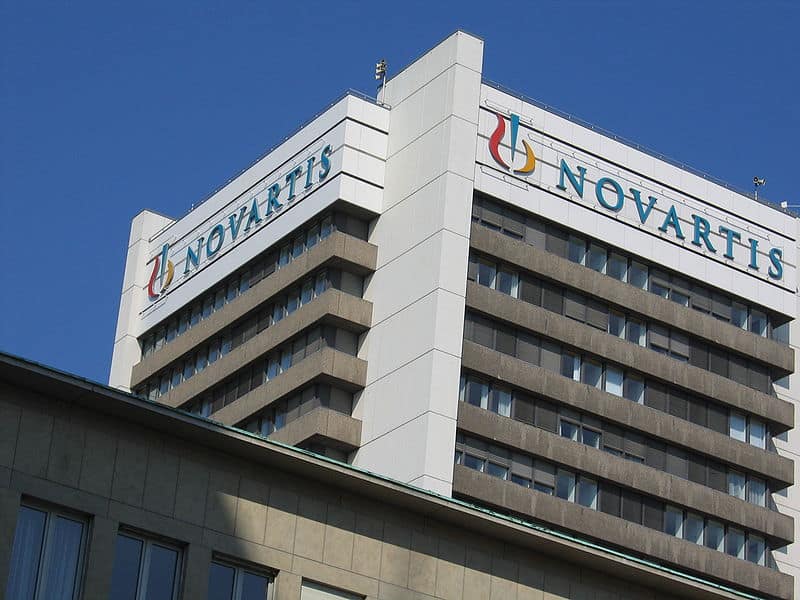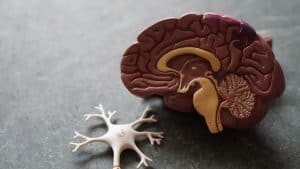
Novartis announces positive Phase 2 data of rare renal disease therapy iptacopan
pharmafile | October 26, 2020 | News story | Sales and Marketing |
Novartis has announced positive Phase 2 interim analysis results for iptacopan, which is an investigational oral treatment for rare renal disease C3 glomerulopathy (C3G).
The data from the study showed that, after 12 weeks, iptacopan significantly reduced proteinuria by 49% compared to baseline values, as measured by 24-hour urine protein/creatinine ratio assessment in twelve patients with C3G. The therapy strongly inhibited alternative complement pathway activity and improved plasma C3 levels and also stabilised renal function at week 12 – this was maintained in the seven patients that were treated for a total of six months after rolling over into a longer-term study.
John Tsai, the Head of Global Drug Development and Chief Medical Officer at Novartis, said: “Iptacopan is the most advanced asset in our nephrology pipeline. These data demonstrate that it has the potential to improve the lives of patients with C3G.”
Iptacopan also showed a favourable safety and tolerability profile in this Phase II study with no deaths, no serious adverse events and no adverse effects that led to treatment discontinuation.
“Proteinuria indicates the presence of inflammation in the kidney. Results from this study demonstrate that iptacopan significantly reduces proteinuria in patients with C3G,” remarked Dr Edwin Wong, lead study investigator and Consultant Nephrologist at the National Renal Complement Therapeutics Centre, Newcastle upon Tyne NHS Foundation Trust.
He added: “This data also highlights iptacopan’s ability to strongly and specifically inhibit the alternative complement pathway, targeting the underlying cause of this disease and potentially providing a much-needed treatment option for C3G patients who have significant unmet needs.”
C3G is an ultra-rare and severe form of primary glomerulonephritis, characterised by complement dysregulation, and has 10,000 sufferers in the US, 10,500 in Europe, 3,200 in Japan and 32,000 in China.
Conor Kavanagh








